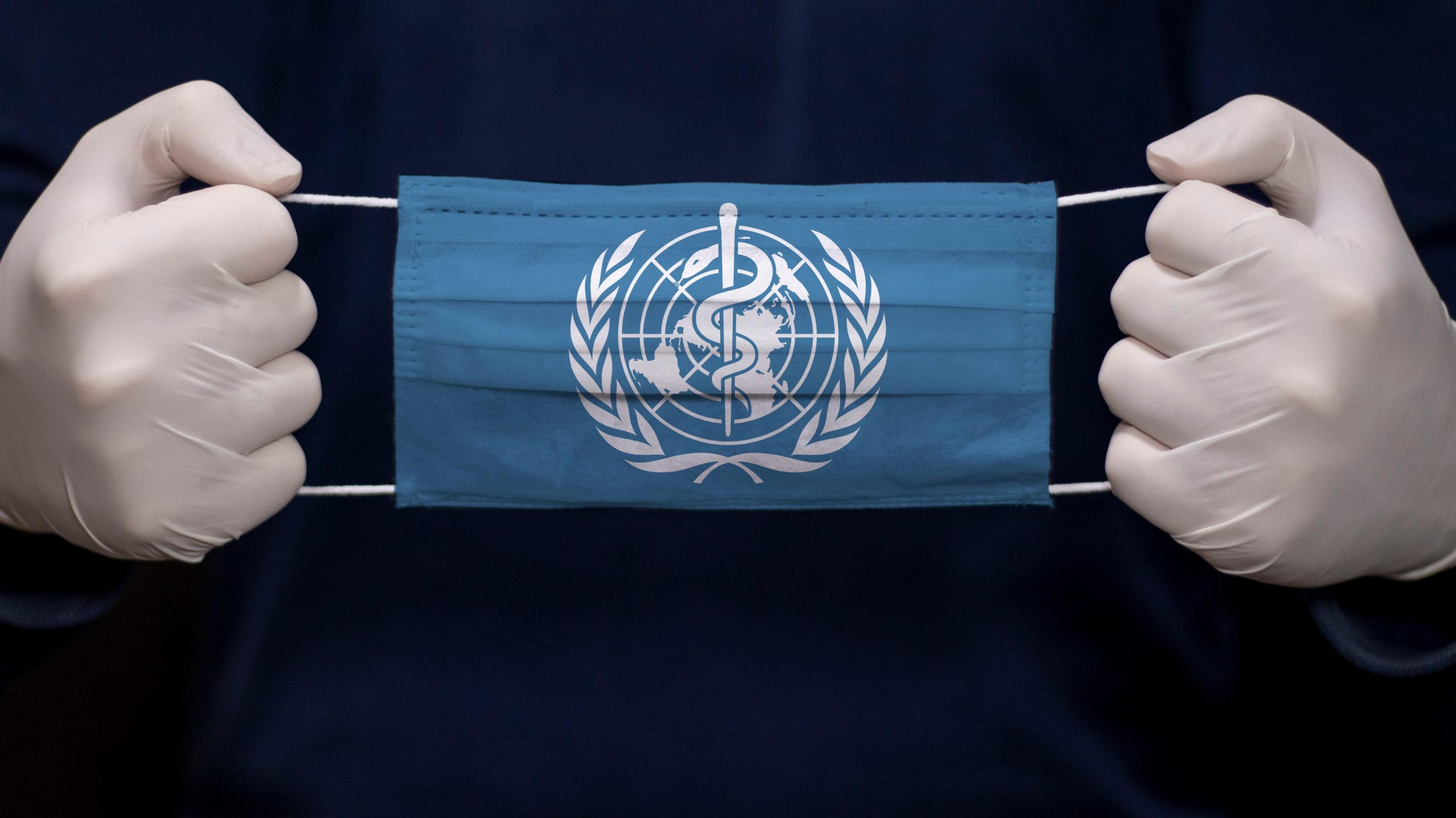Steve Kirsch has analysed the data obtained from Barry Young, the New Zealand vaccine data whistleblower who was recently arrested under mass ‘breach of privacy’ legislation and faces up to seven years in jail.
Steve’s statistical analysis resulted in him claiming that one person per 1,000 doses of the administered vaccines in a standard population died prematurely as a result, with that result skewed heavily to the over-60s.
This is consistent with the trend that I have commented on already in June 2022.
Several other sceptical commentators have since weighed in with their own analyses and criticised the structure of the data and commented on whether or not it can be useful in any way. In particular I highlight those from Igor Chudov, William Briggs and Eugyppius.
Since these posts were published there have been some further responses, which more or less point to an acceptance of the fact that the data are far from perfect, lacking especially in perhaps the most important aspect of all, namely any control data on unvaccinated mortality.
Unfortunately at this time it is therefore still impossible to state categorically that it is the vaccines that are causative in the excess mortality being experienced in New Zealand or around the world since 2021. Other factors including longer-term effects from Covid infections and harms from the effects of the various NPI responses could for example be responsible in theory.
However, it is now generally accepted that the New Zealand data are very likely to be genuine, and the dataset’s haphazard structure is a reflection of the way such data are recorded in New Zealand rather than anything else. It is also a very large data leak, comprising mortality figures for about a third of all records on vaccines administered there during the last two and a half years or so.
This means that should a safety signal be found, it would represent far and away the biggest red flag to date. This should therefore become a huge pressure point to get the authorities to release a full dataset of all mortality since the vaccine rollout, which will be required to ascertain once and for all whether or not the vaccines can really be called ‘safe and effective’.
Consider therefore what we can see in this dataset, especially in relation to the analysis by William Briggs, who presents charts showing mortality spikes after each vaccination and compares these against the official timeline for Covid deaths in New Zealand. The Covid mortality spikes did not begin in any significant way until sometime in March 2022.
Briggs writes:
Since, officially anyway, there were almost no ascribed Covid deaths in 2021 in New Zealand, then the August peak in deaths for those who only had one or two shots could not be Covid and had to be something else
The same is true for the January 2022 peak, which had only a handful of official Covid deaths, but which saw a large number of people with three shots dying.
The lack of Covid deaths for the first two mortality spikes is strongly suggestive of a signal – since the first three vaccinations were all administered prior to any significant Covid deaths, Covid was not a factor in the ensuing abnormal mortality.
But just how abnormal was this mortality actually? Briggs tells us that just under 1% of the people who received jabs one and two died in the ensuing mortality spikes, which all occurred within a six-month period. That is roughly double the normal background mortality rate (for comparison the U.K. yearly rate is a fraction over 1%).
Almost 2% died with the third jab. Double as many again. And for the period after the fourth jab (which does include some Covid deaths) it was 2.8%. To me, this suggests a cumulative effect and that excess mortality is spread out for several months after each jab. Despite this, Briggs writes:
If shots were killing some people more or less right away, we’d expect a bump close to the shot day. But you’d also expect that if the shot was killing people, the ones most susceptible would die after the first, or maybe second, shot. People would not be as likely to die after three or more if they tolerated the first two, unless there was a cumulative effect. Which we could not reliably see in this short-time-period data.
In his commentary, Eugyppius suggested that the overall excess mortality could not account for Steve Kirsch’s guestimate of one excess death per 1,000 jabs, which should equate to 12,000 excess deaths based on the 12 million jabs administered there. But that argument depends very much on where the line is drawn regarding ‘baseline’ mortality.
Look for example at this recent article from Clare Craig, and also at this estimate of what is actually excess in New Zealand.

My take on the excess mortality uses a baseline of 33,366 for the average of mortality in 2018, 2019 and 2020 (figures taken from the Eugyppius article). Clare Craig tells us that from her analysis:
It would suggest there were bad years for mortality in 2017 and 2018, when there was indeed a high influenza mortality, but that in 2020-2021 the expected number of deaths occurred.
So as a baseline, the average of these three most recent years before Covid and vaccination began in New Zealand seems reasonable. Using this average there was an excess in 2021 of 1,566, in 2022 of 5,208 and perhaps 1,000 less than that in 2023. This adds up to nearly 11,000, and if most was a result of vaccination harms, then this would fit with Steve Kirsch’s estimate. So the question remains, how much did actual Covid deaths affect excess mortality?
Note that New Zealand only experienced significant Covid waves from Omicron and the strains that came after it, and these were not nearly so deadly as the earlier waves experienced in the U.K. and elsewhere. Added to that, New Zealand experienced the relative absence of influenza during the Covid years, as did many other countries including the U.K.
This suggests that respiratory deaths were trending low at the time, meaning overall deaths should have been below average and the fact they weren’t is itself a signal of something unusually harmful at work. In other words, the excess deaths may be partially hidden by the lack of the usual respiratory deaths. I am convinced that non-respiratory mortality (NRM), as I have written about in previous articles (most recently here), would account for most of the 11,000 excess deaths and would tie in with Steve’s hypothesis.
It is a pity we are still no further ahead despite the plucky individual who sent Steve the data. To echo the words of Guy Hatchard: “The message that most resonated with me during the interview was the heartfelt plea from the whistleblower for others to speak up.”
Finally, the latest developments in this saga are that Steve Kirsch had a discussion with William Briggs about his critique and Steve also held an X space to counter criticisms of his claims from Kim Dotcom and Dr. Shiva Ayyadurai.
Stop Press: Dr. Shiva Ayyadurai has been caught publishing dodgy analyses before so may not be the most reliable analyst. Back in November 2020, he was behind a notorious analysis of voting patterns in the U.S. Presidential election that claimed to provide robust statistical proof that the voting machines had been programmed with an algorithm that systematically switched thousands of votes to Biden from Trump in heavily Republican districts. In fact, Dr. Shiva’s analysis just described a natural pattern that occurs when voters are able to choose whether or not to split their votes between parties – as the Republican vote share in a district increases, the pool of those voters who choose to split their votes between parties becomes more negative towards the Republican Presidential candidate simply because a greater proportion of those wanting to split their vote are Republican supporters not wanting to vote for the Republican Presidential candidate. Despite this, Dr. Shiva’s claims were among those promoted by lawyer Sidney Powell, leading to her being disgraced (she recently pleaded guilty to crimes in relation to the claims).













To join in with the discussion please make a donation to The Daily Sceptic.
Profanity and abuse will be removed and may lead to a permanent ban.